Now that spring is properly underway, and British Summer Time is upon us (or American Summer Time if you are reading this in the States), how about visiting some fabulous shows/experiences; some have been open for a while but are now significantly less crowded, others are just opening.
LONDON
GOYA TO IMPRESSIONISM, COURTAULD GALLERY to 26 MAY
I have already mentioned the National Gallery’s wonderful Siena show, and also Grayson Perry at the Wallace Collection. But don’t forget Goya to Impressionism at the Courtauld, with now much more availability for tickets.
This show is comprised of masterpieces from the Reinhart Collection in Switzerland. The Reinhart’s gallery in Winterthur (just outside Zurich) is being refurbished, so for the first and possibly only time, highlights have come to London where they are hung next-door to masterpieces of the same era.
Oskar Reinhart (1885-1965) and Samuel Courtauld (1876-1947) were contemporaries. One was a trader, one an industrialist. They both amassed fortunes and collected work the same time – often bidding against one another at auctions. Unsurprisingly, they collected work by the same artists and are known to have met in 1932.
Bringing these two great collections together enables an extraordinary sensation of ‘conversations’ between pieces – two paintings by Renoir, one in each collection, are actually of the same woman, Nini Lopez. Not only Renoir, but Cezanne, Monet and Van Gogh are represented by both. You can drift from Van Gogh’s Portrait with Bandaged Ear (London) towards the Reinhart’s Ward in the Hospital at Arles, a painting of the sanatorium where Van Gogh went after this self-sabotage.
The London Cezanne
You can lose yourself in my favourite Cezanne ever, the Lake at Annecy (London) before comparing it to his Pilon du Roi, (Switzerland).
The Reinhart Cezanne. Until May they are next door to one another.
It is like having two helpings of double cream.
The exhibition is small, and perfectly composed. One particular picture, Monet’s The Break-up of Ice on the Seine (1880-81) acts, I feel, almost as a dress rehearsal for his magnificent Waterlilies series, forty years later. There is the same fascination with things floating on water while managing reflections and light at the same time.
The Break up of Ice on the Seine (1880), Claude Monet.
THE EDWARDIANS: AGE OF ELEGANCE
KING’S GALLERY BUCKINGHAM PALACE 11 APRIL - 23 NOVEMBER
This is the first Royal exhibition to cover the Edwardian era, exploring the tastes and style of life under Edward VII (1901-1910) and subsequently, George V (1910-1936). It seeks to capture those nostalgic, fleeting images of laughter, flowers, sunlight, picnics and midnight feasts, as the United Kingdom was poised to enter the modern era and Europe edged towards war.
The exhibition goes from 1863 when Queen Victoria’s eldest son Albert Edward married Princess Alexandra of Denmark, dashed away the funereal blacks favoured by his mother and ushered in a glamorous new era, filled with opulence and ‘society’, a mood and lifestyle continued by their son, the future King George V and his wife Queen Mary.
The exhibition includes dazzling jewellery worn by both Alexandra and Mary alongside portraits by fashionable artists of the day including John Singer Sargent and Philip de Lazlo. Work by the Pre-Raphaelites Burne-Jones and Alma-Tadema (above), which were in the private collections of all four, will be on display as well as books, furniture and decor showing off the new voguish styles such as Art Nouveau and Arts and Crafts.
Publications illustrated by William Morris will be on show
Belgian painter Charles Baugniet’s After the Ball captures the studied elegance and careless exuberance of an era which would be utterly destroyed by the Great War.
The past is another country…Charles Baugniet’s After The Ball (1860)
Meanwhile…
PARIS
NOTRE DAME
Thousands of people are still queuing up to experience the breathtaking renovation of Notre Dame after it was devastated by fire in 2019, but it is now possible to do it on the day without a pre-booked ticket. We turned up at 9am on a Saturday morning, and there were people without tickets sauntering in. One hour later the queue was a bit daunting. So get there early. If you want to book, there are 15,000 free daily tickets available here. If you are wheelchair bound, or taking someone who has mobility issues, there is a special entrance (without a queue) on the left hand side.
Once inside, you will experience a freshness rarely associated with Gothic architecture. The magnificent Rose windows look like new cookie cutters; the repeated arches along the nave are as if they have just been built, and the whole blindingly white ensemble is almost (but not quite) like something almost mocked up.
ALFRED DREYFUS TRUTH AND JUSTICE,
MUSEUM OF JEWISH ART AND HISTORY, to AUGUST 31
From grandeur to shame. After Notre Dame, which is a triumph on many levels, we visited the Museum of Jewish Art and History in the Marais to see this show. It tells the story of Alfred Dreyfus, a brilliant young artillery officer in the French Army whose life was ruined by anti-Semetism within the ranks.
Alfred Dreyfus after his arrest
The scandal began in 1894. Wrongly accused of sending military secrets to the German Embassy in Paris, Dreyfus, a Jewish Frenchman, was tried on trumped-up charges, declared guilty and sent to the penal colony on Devil’s Island, French Guyana. There is an astonishing photograph of Dreyfus at a “Ceremony of Degradation” in the Military School in Paris, during which he was stripped of his decorations and had his sabre broken, before being paraded through the streets and then shipped to South America. There, he was imprisoned in terrible conditions - while back in Paris, a growing number campaigned for justice.
The exhibition traces Dreyfus’ constant defiance and also looks at the effect the Affair had on French society.
It displays a copy of the newspaper L’Aurore with its famous impassioned front page written by the celebrated author Emile Zola, plus Dreyfus’ diaries from French Guyana, and political posters, cartoons and items (including board games), revealing how the Affair burned its way through polite French society.
Eventually, Dreyfus was released and pardoned in 1899, but his career was never restored. The Affair showed France to have a schizophrenic character, promoting Enlightenment on the one hand, harbouring hideous prejudice on the other. Dreyfus, showing remarkable powers of forgiveness, went on to fight for France in the 1914-18 War.
EDINBURGH
These are the new, much celebrated inhabitants of Edinburgh Zoo. They are enchanting although one of them has an acknowledged limp. “One of our Capybaras is lame,” reads a sign. “We know this and are taking measures.”
When I was there, this sign was causing confusion amongst some of the young visitors, not least because this adjective means something else in teenage argot. A group of girls in particular were fascinated. “Does that mean that the Capybara isn’t cool, or something?” one mused. “Nah,” said another. “Just means he doesn’t walk properly.”
Either way, adorable.
New Scottish residents in Edinburgh; the Capybaras


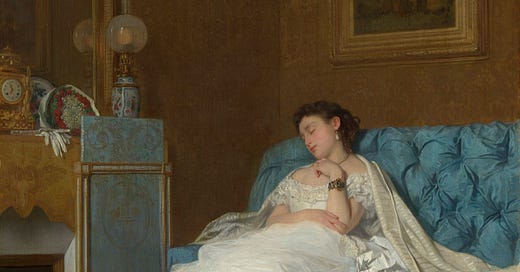


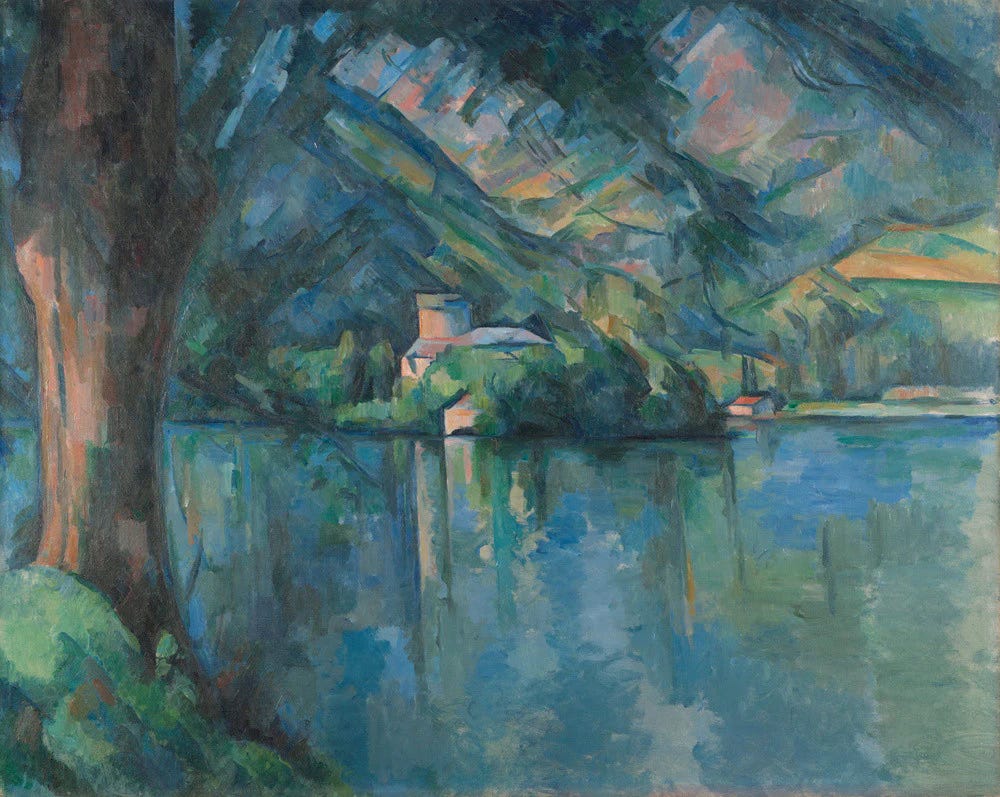

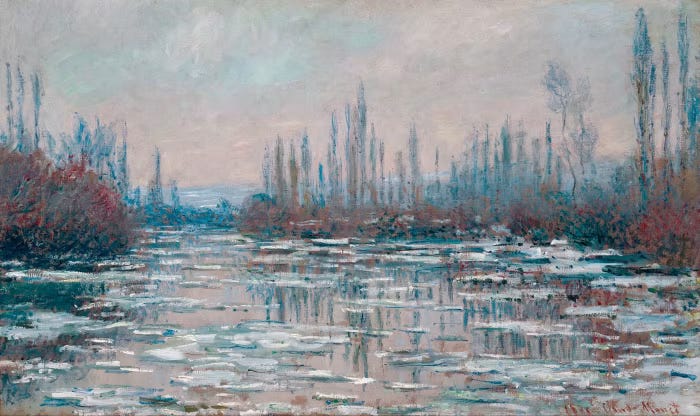
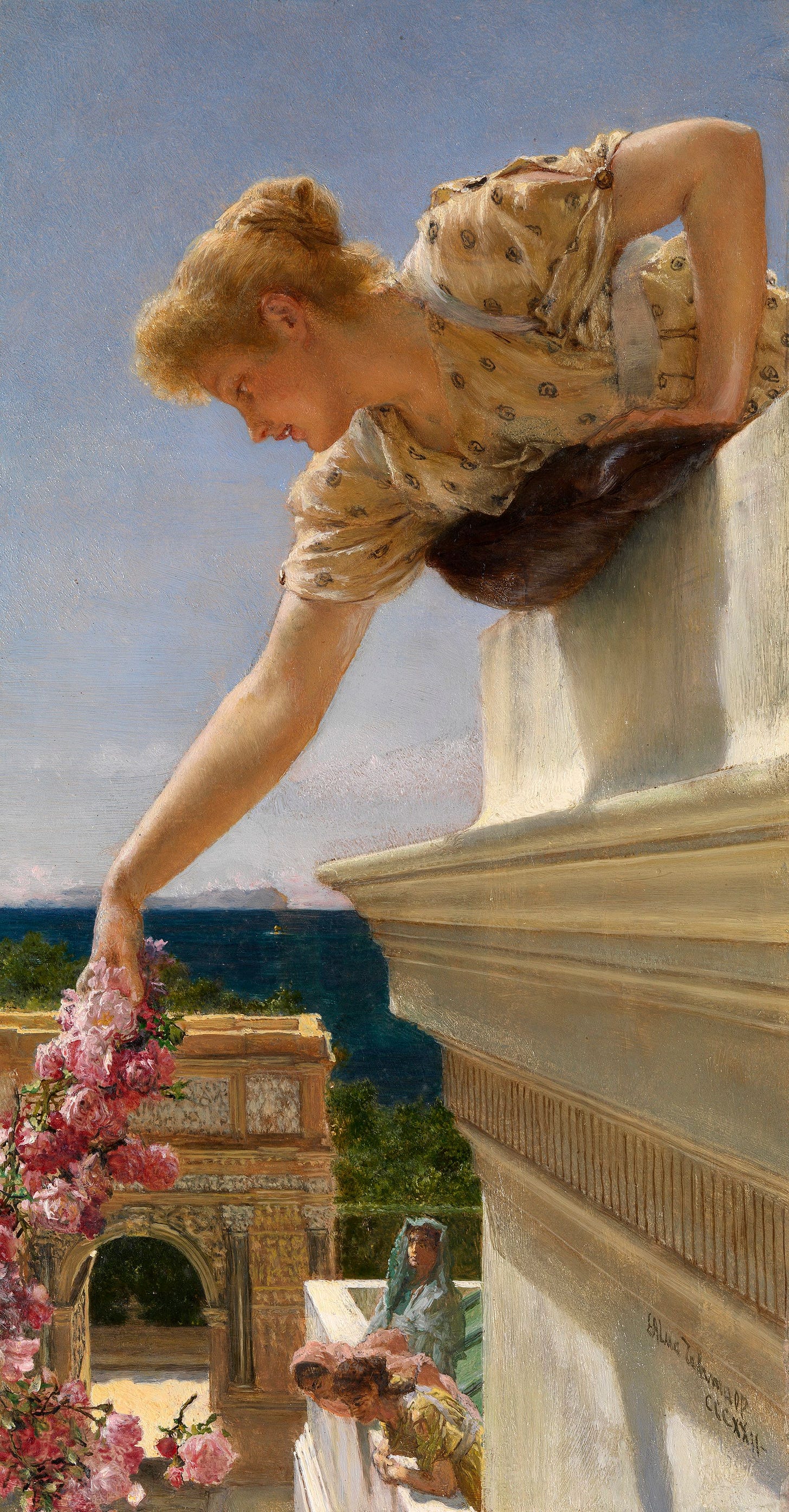


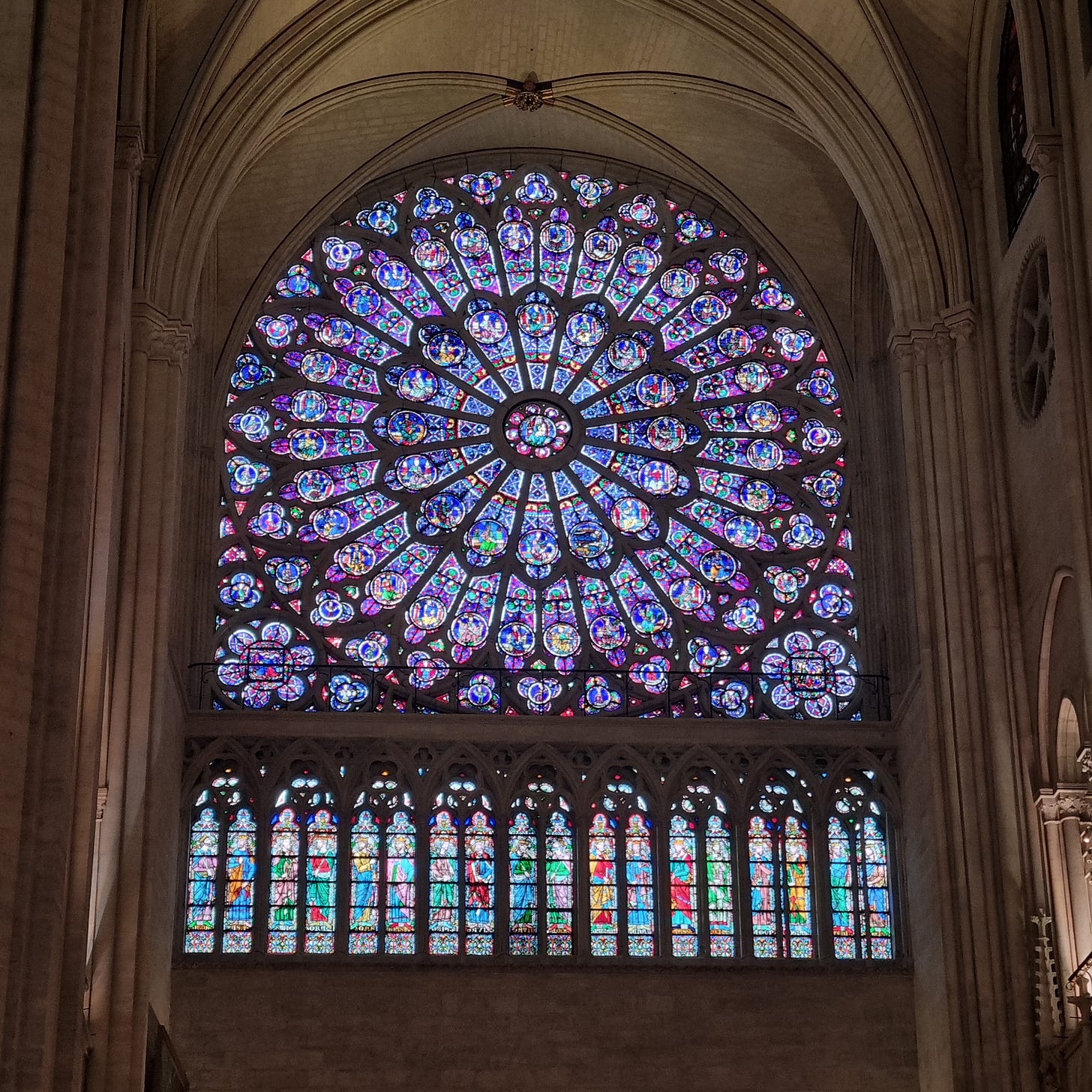
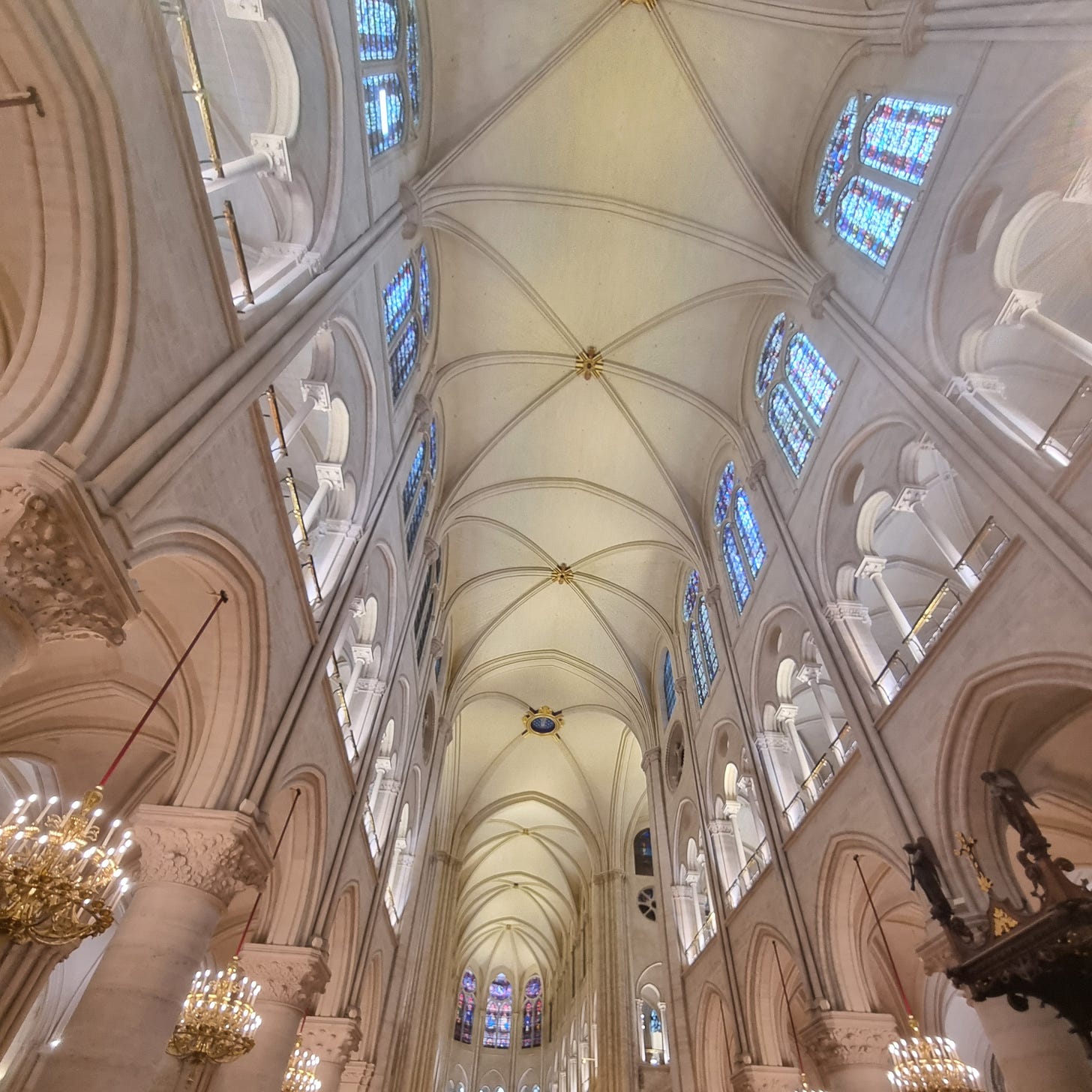
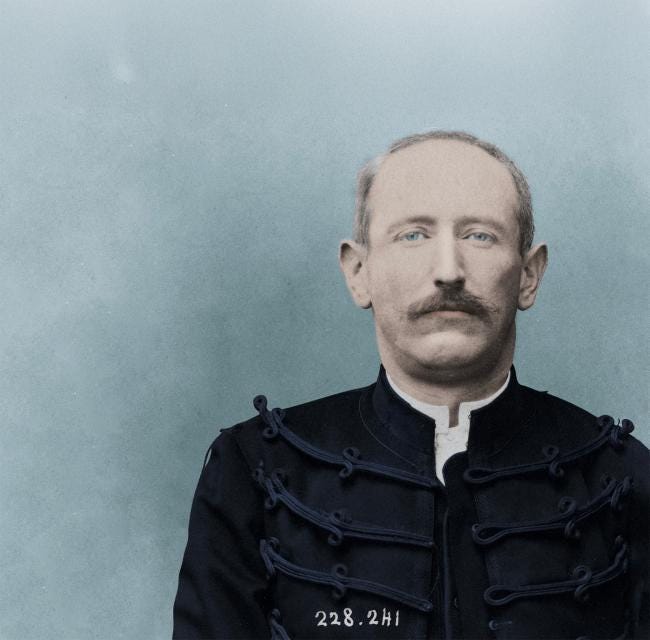
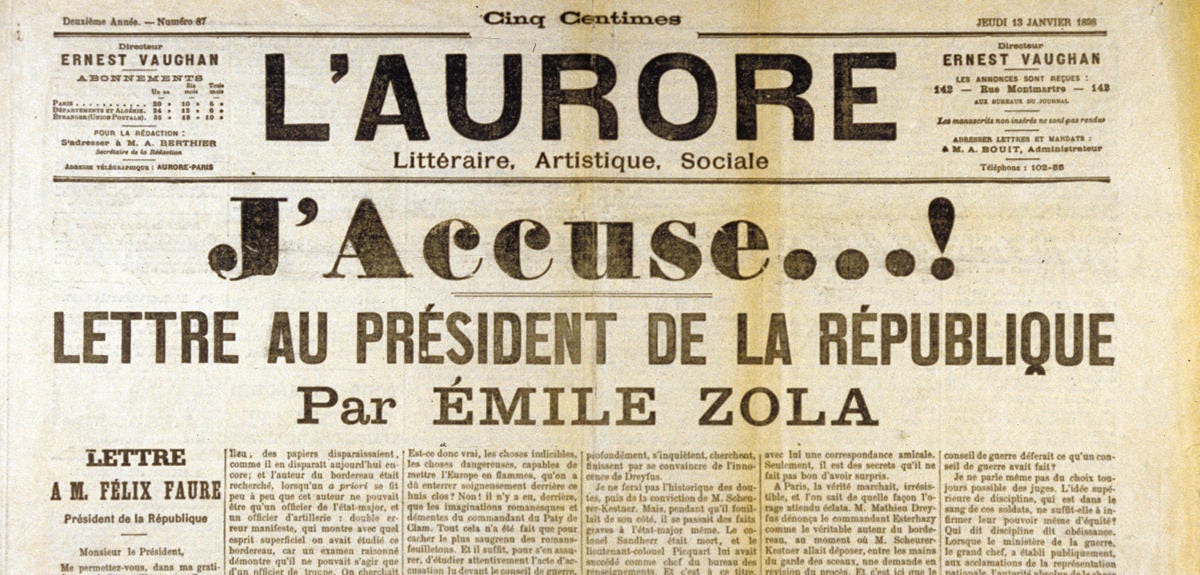

Although it was composed much earlier, the flute and harp version of 'Auf dem Wasser zu singen 'by Franz Schubert always evokes the "studied elegance" of the Edwardian period and our knowledge of the slaughter to come. https://youtu.be/wI1aGRP5_CM?feature=shared
Oh I love “After the Ball”.